Diary Entry
As we walk through La Paz, we notice the many beautiful graffiti on the walls of many houses. At train stations, cafés or streets of the old town, huge works of art on the hands rise up again and again, which seem to be taken from life in Bolivia.
On the way to the witches’ market, we happen to walk into a street full of cafés, which stands out colorfully decorated with flags and graffiti, Calle Tarija at Plaza Gastón Velasco.

I admire both the imagination of the artists and the tolerance of the people towards the art and the will and the means provided to warp their houses like this.
This also strengthens my impression of how rich in contrast and therefore interesting this city is.
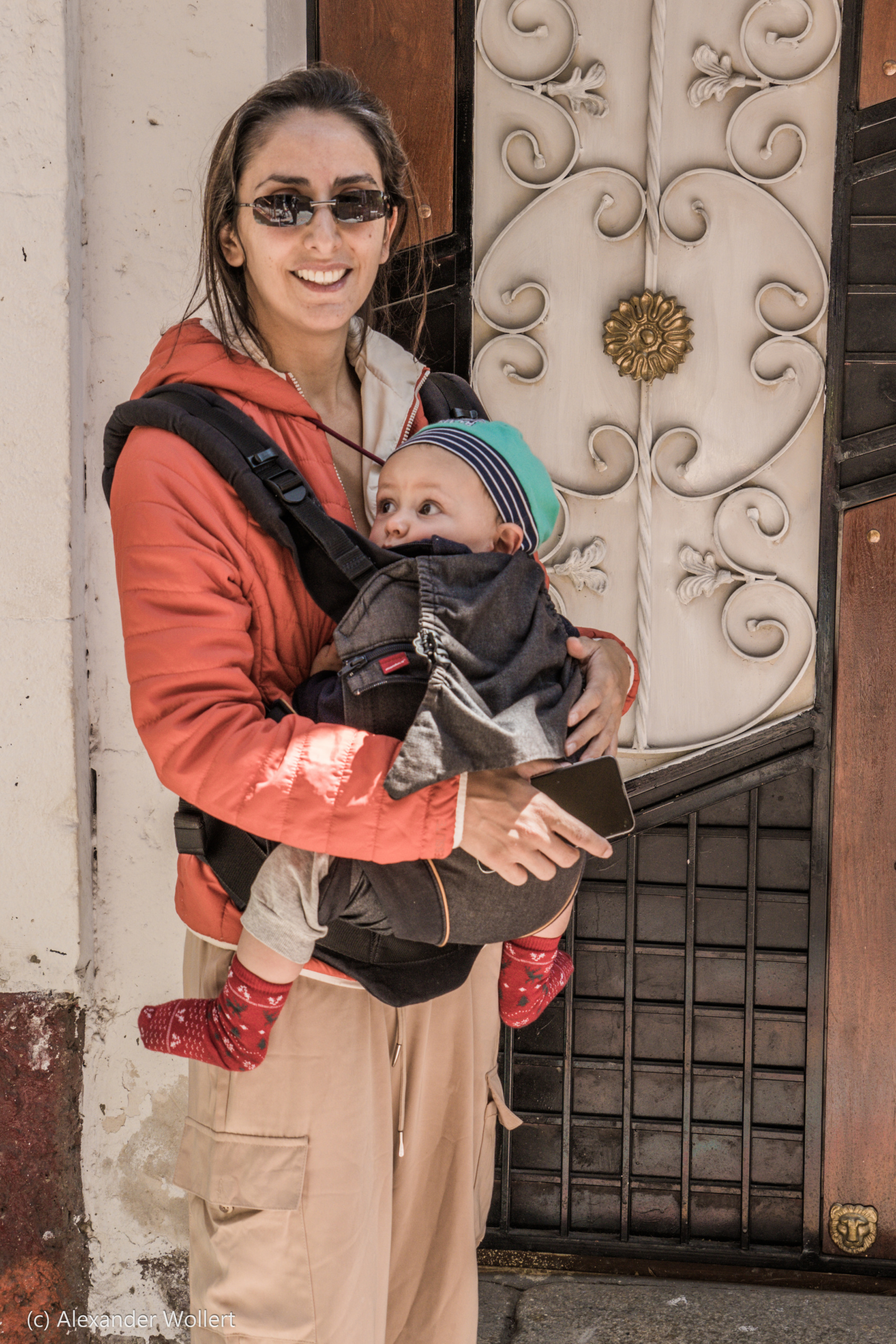

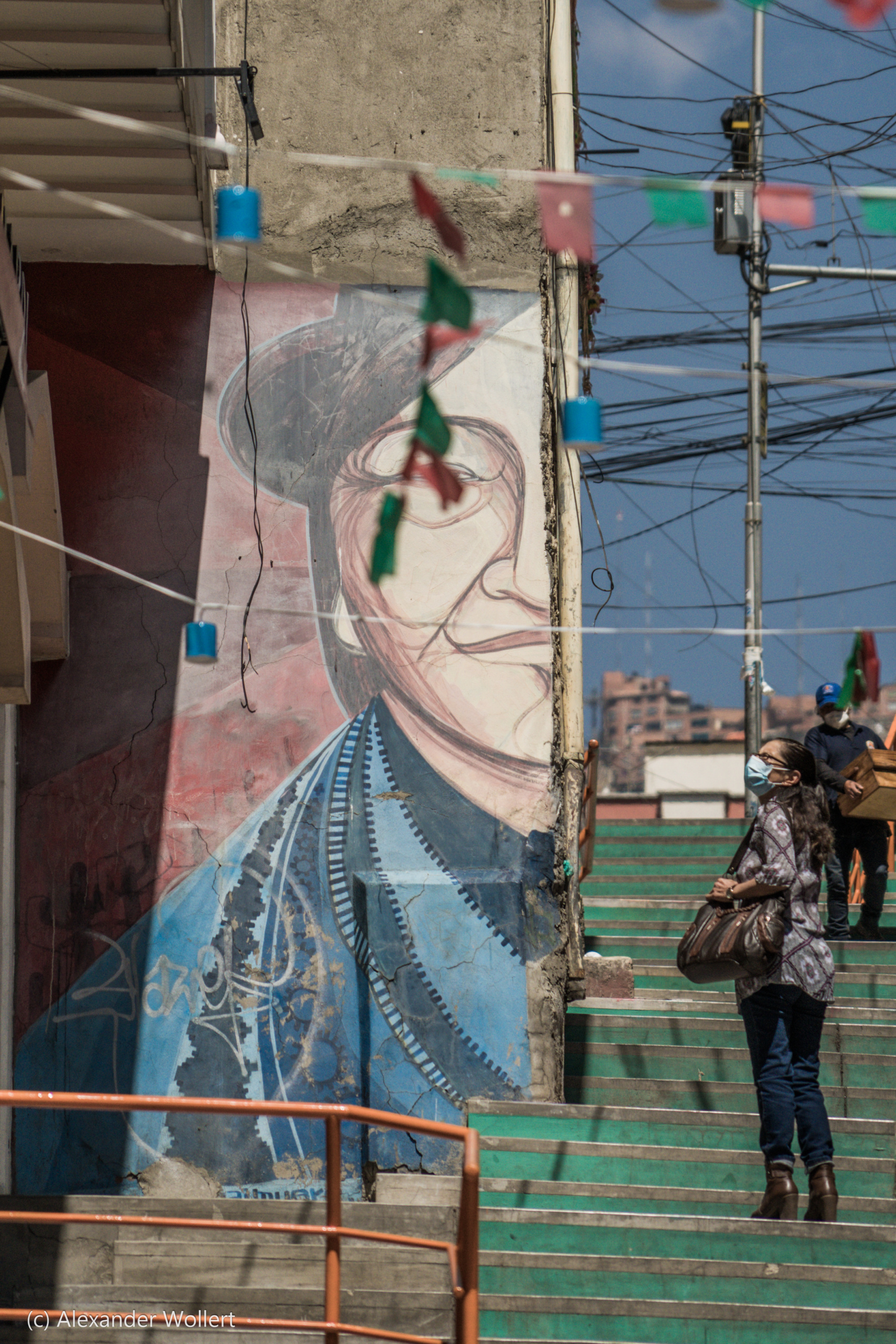
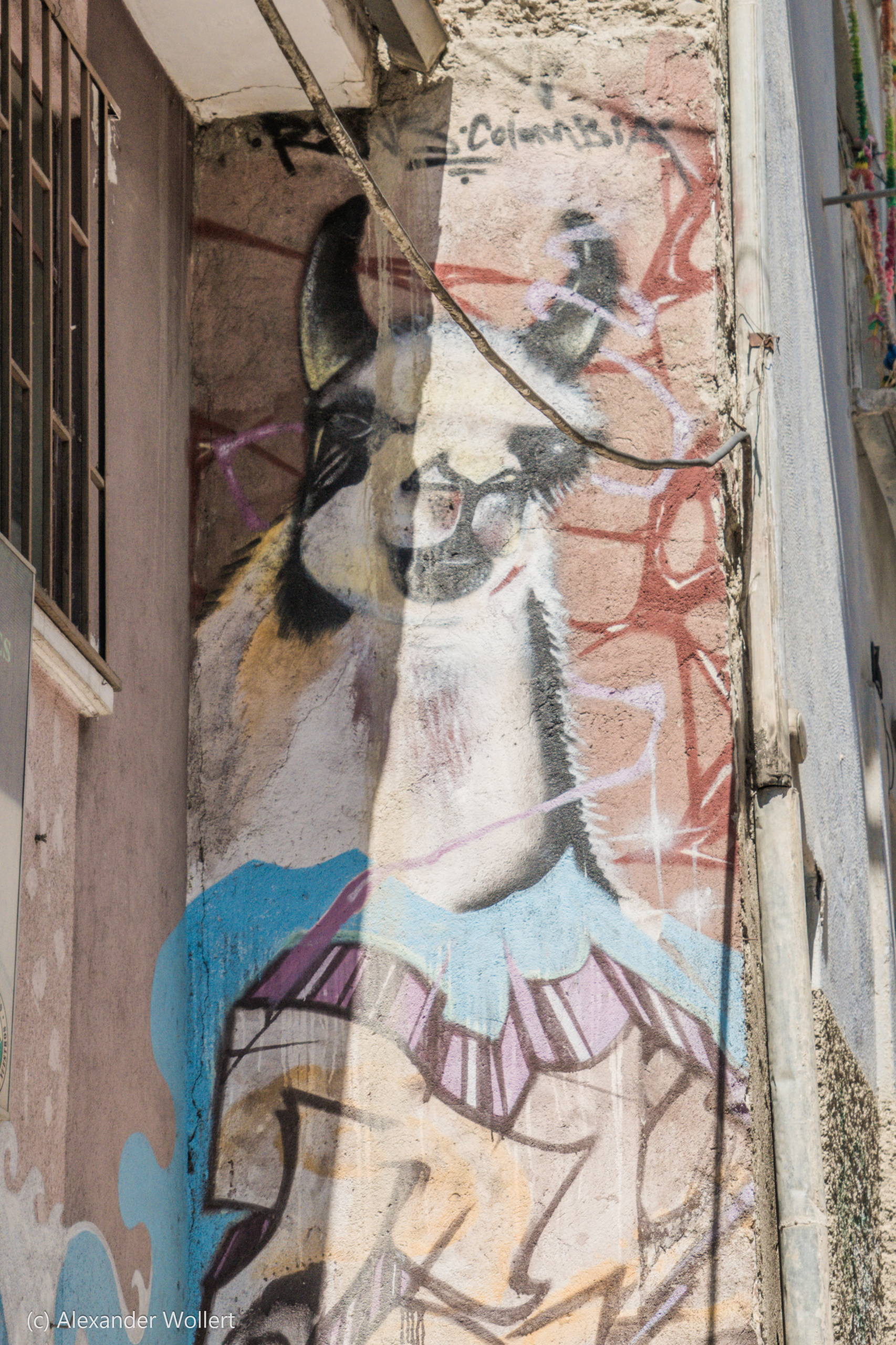

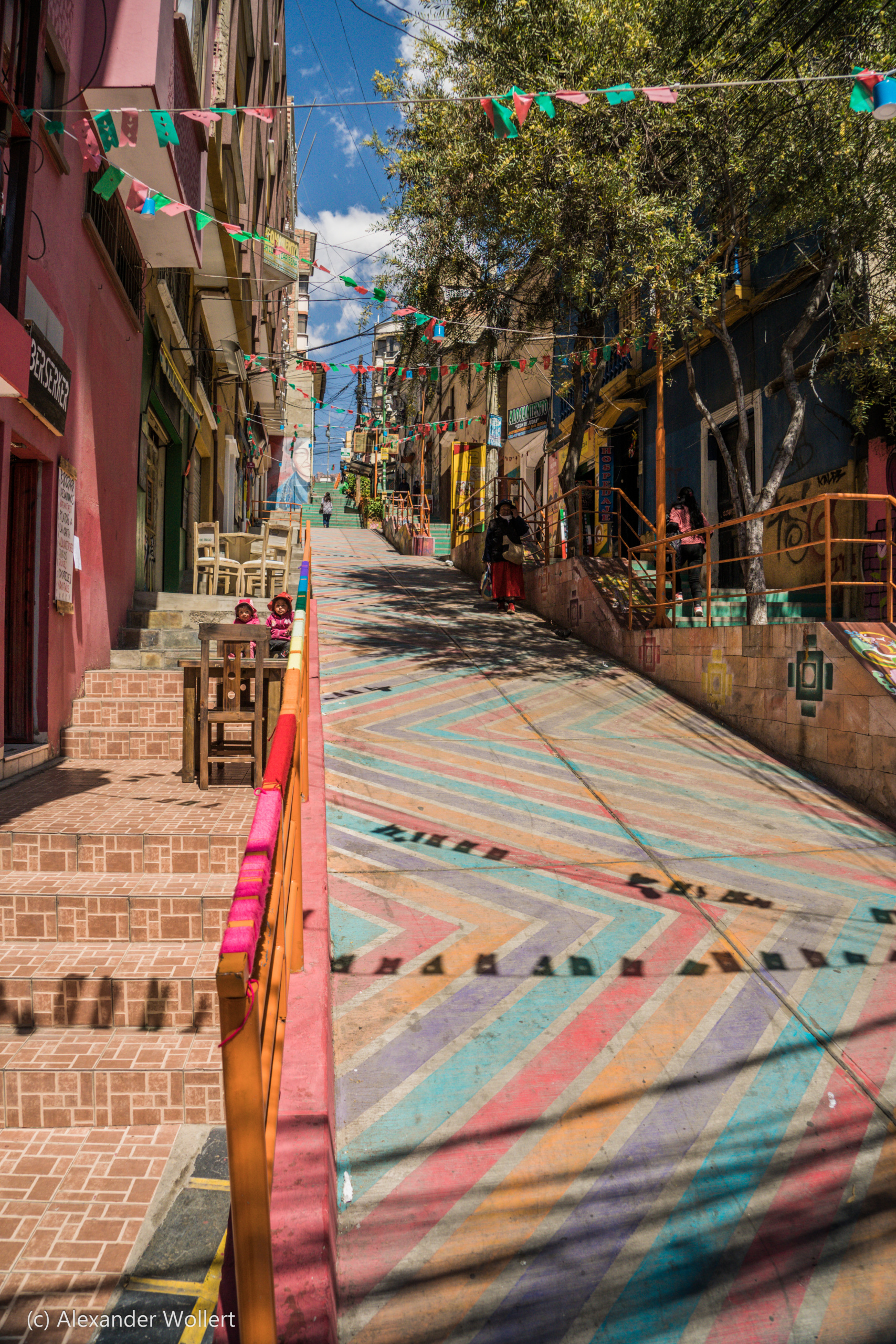

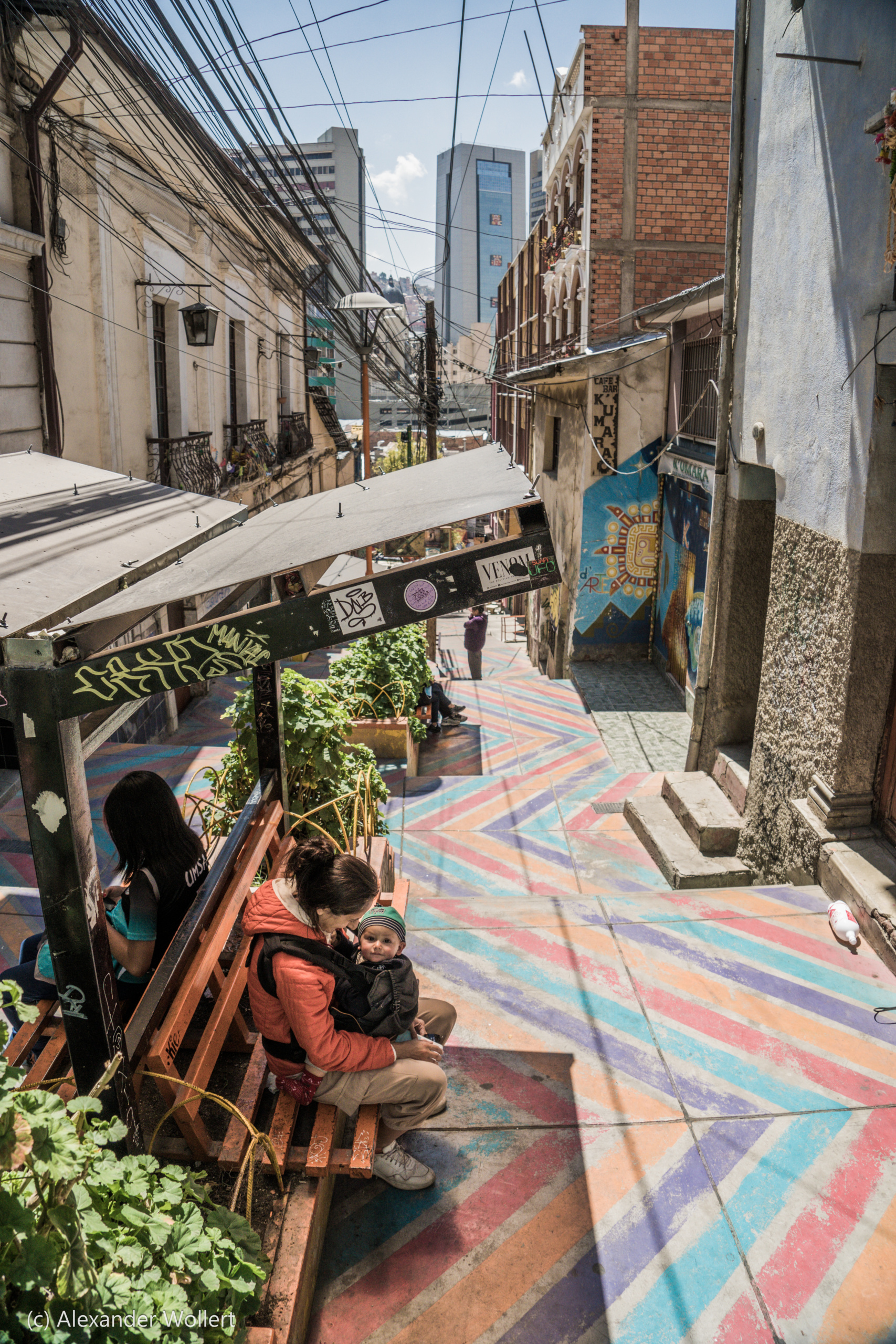
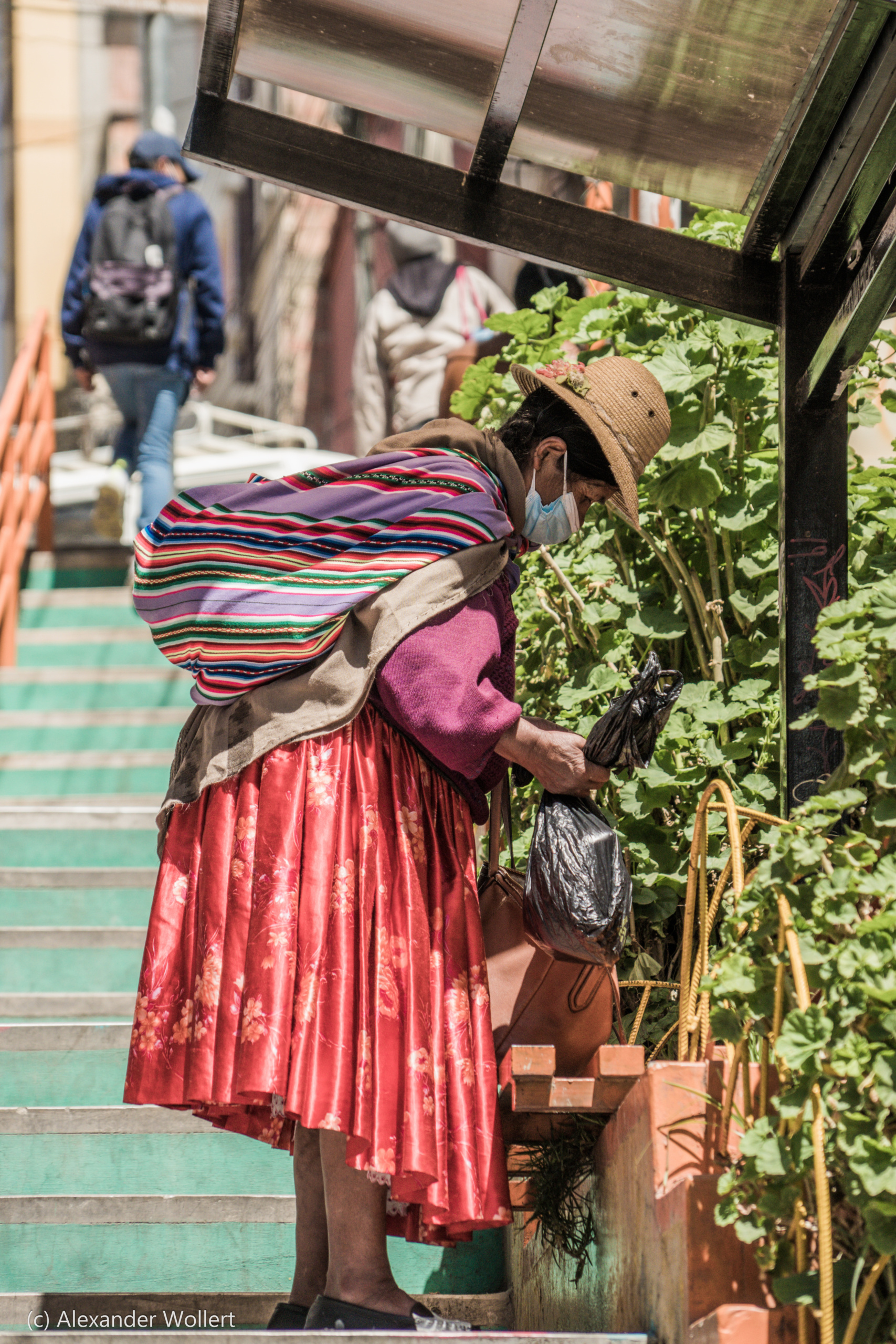
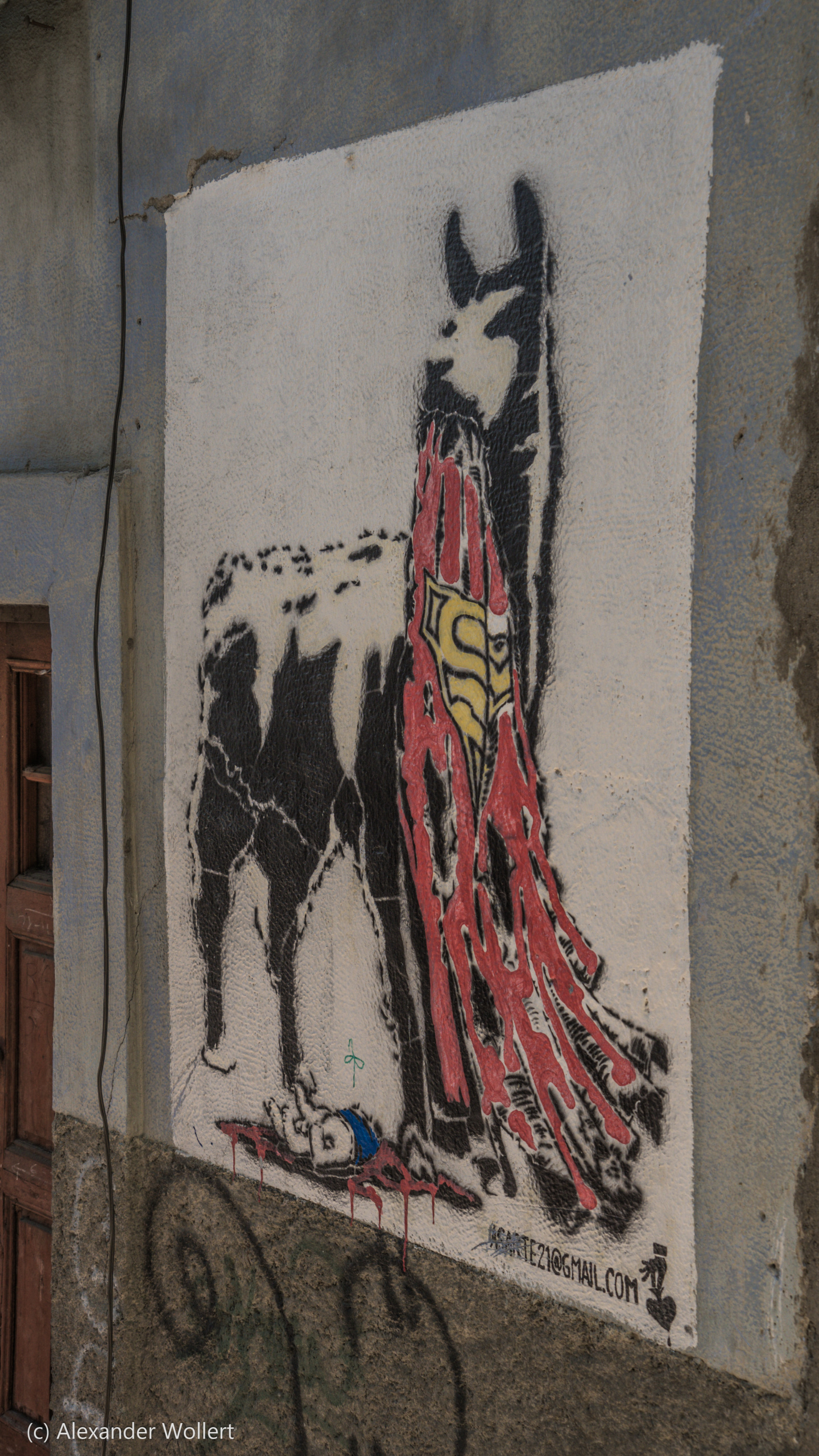
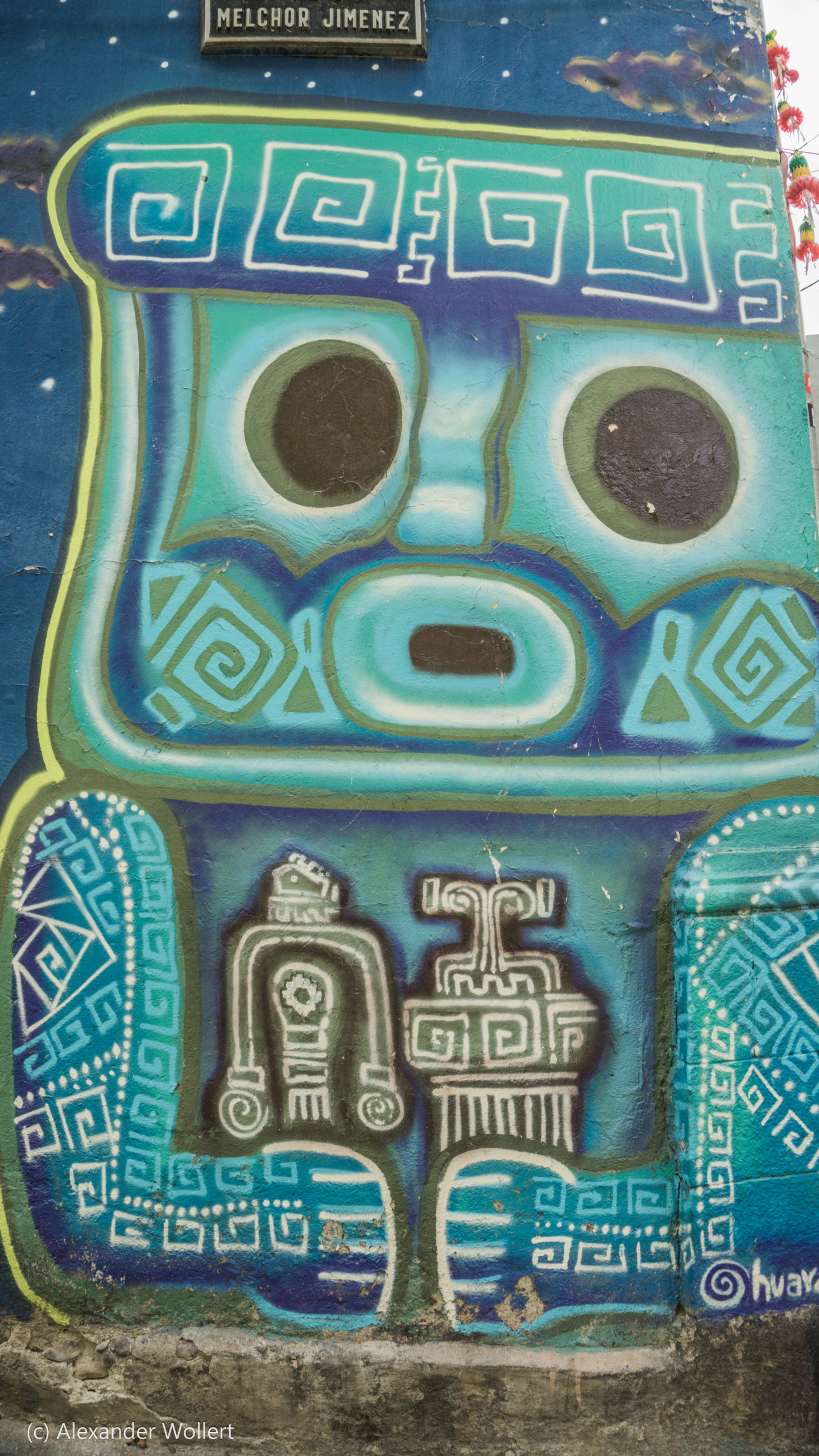
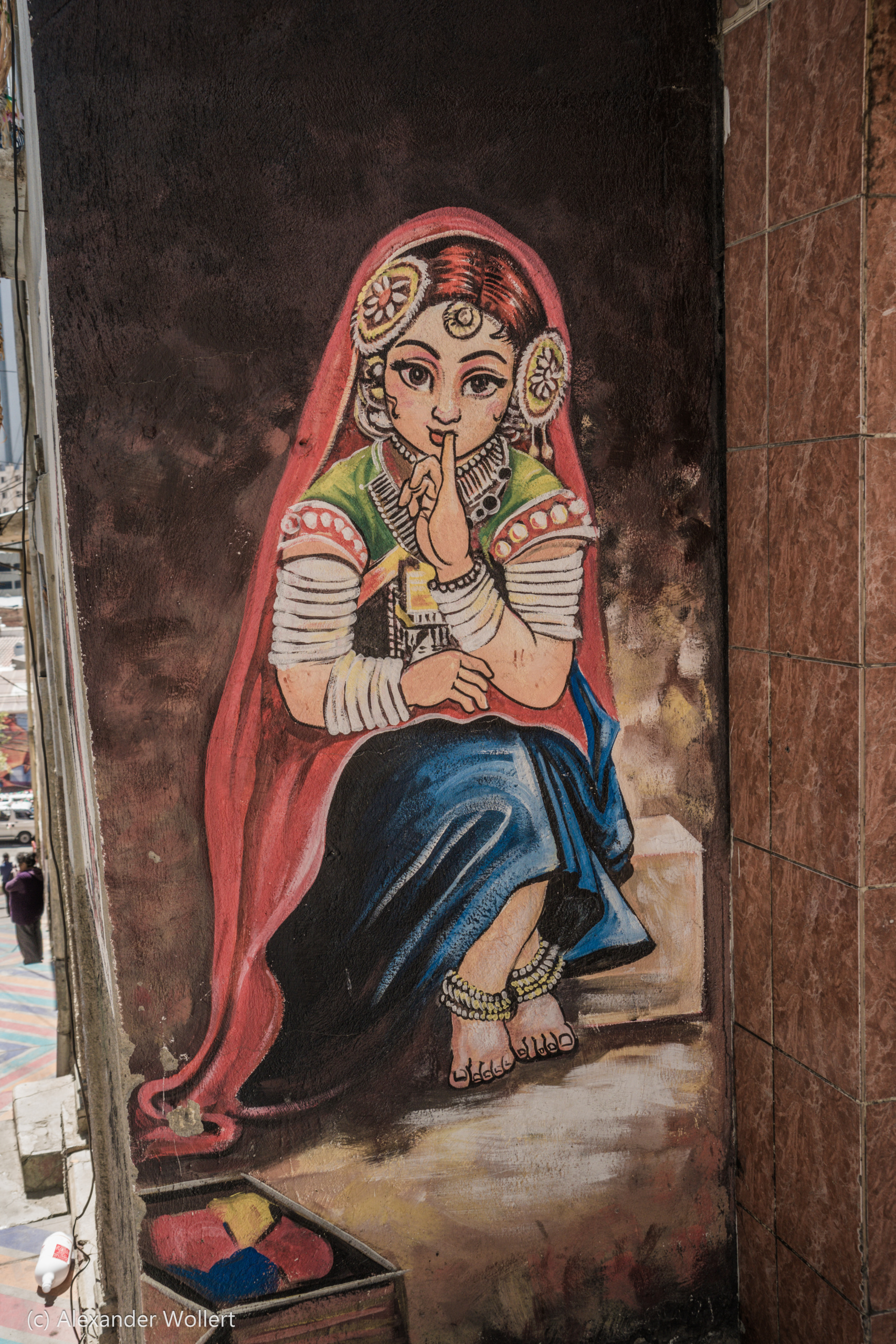
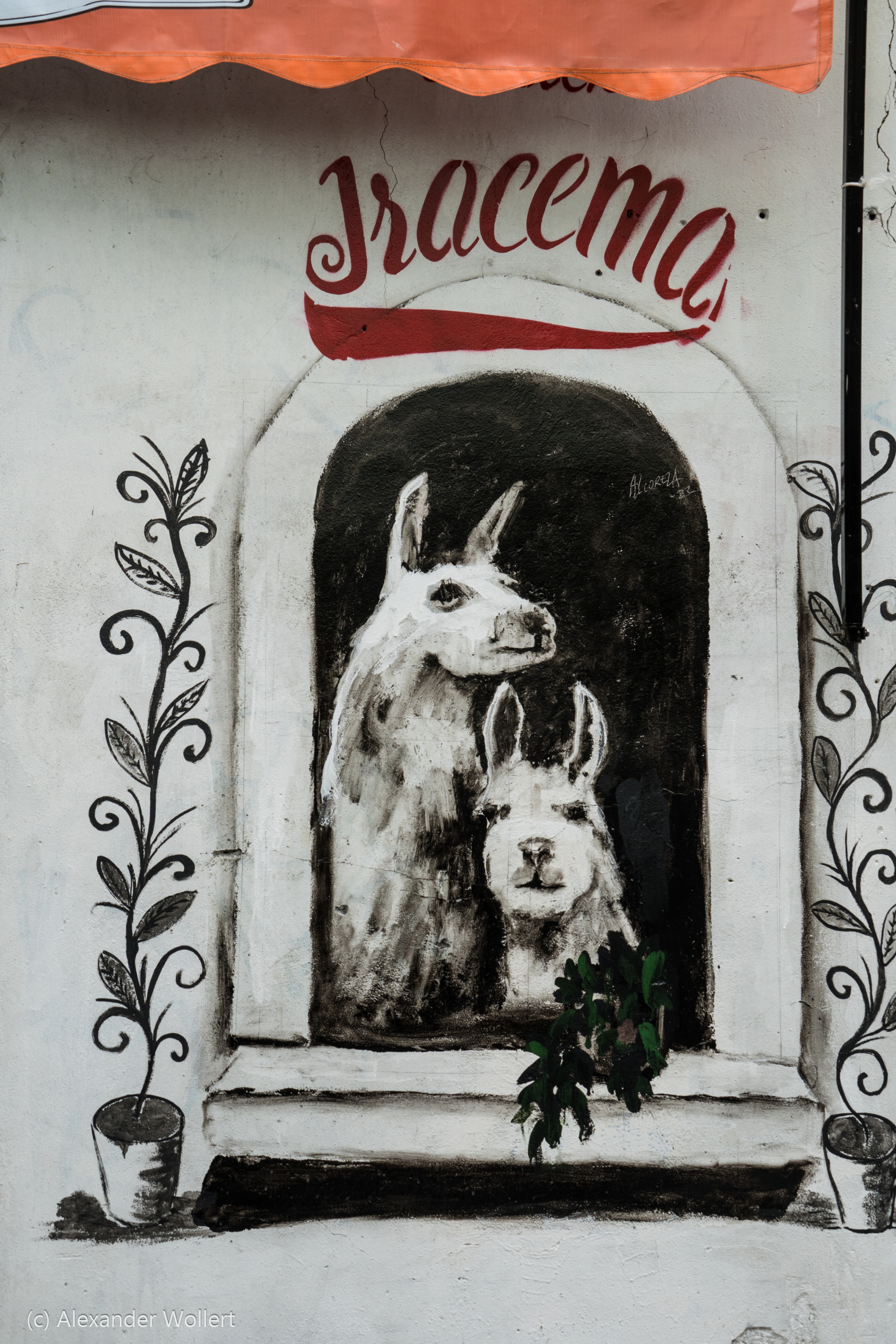

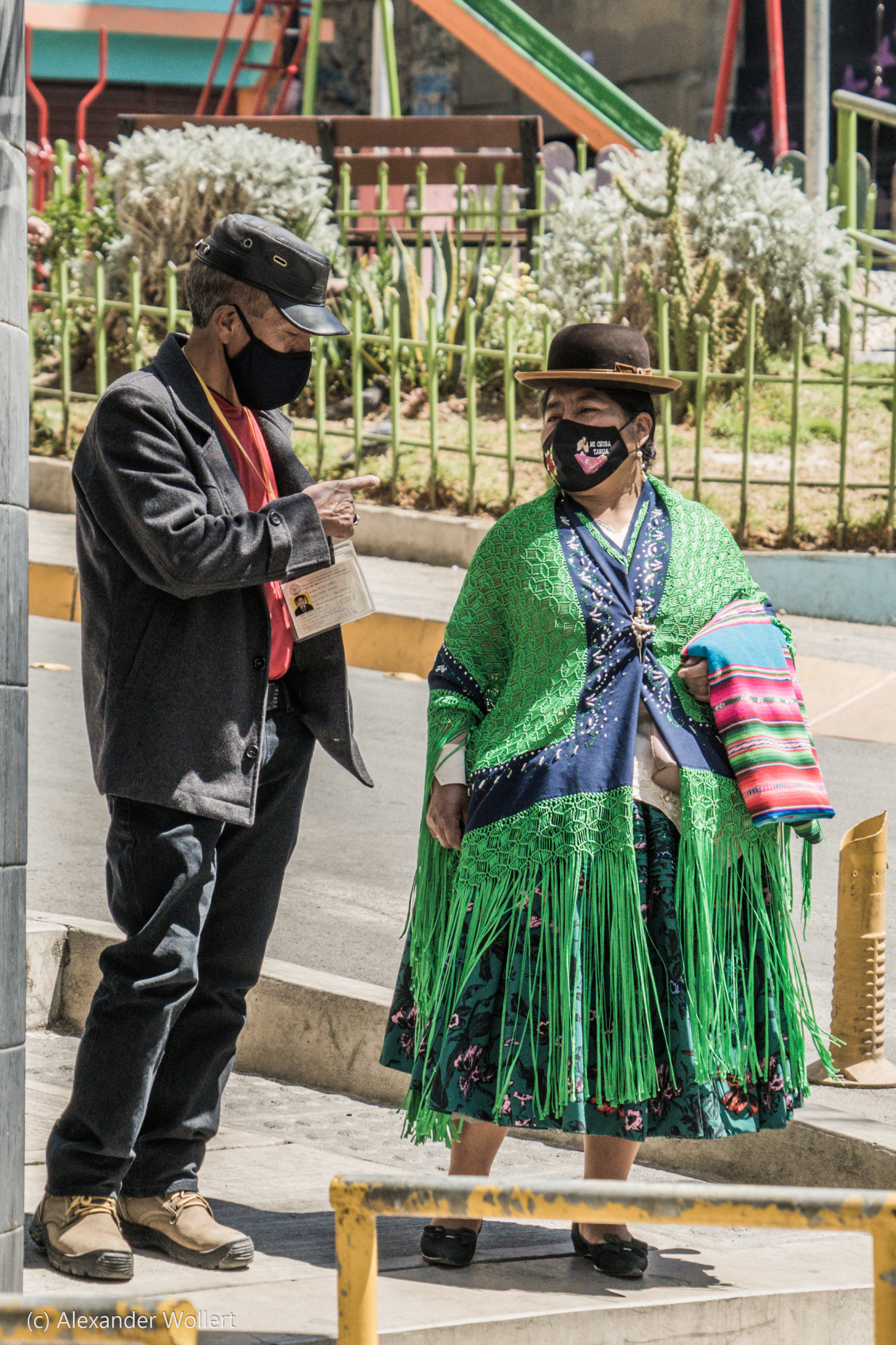
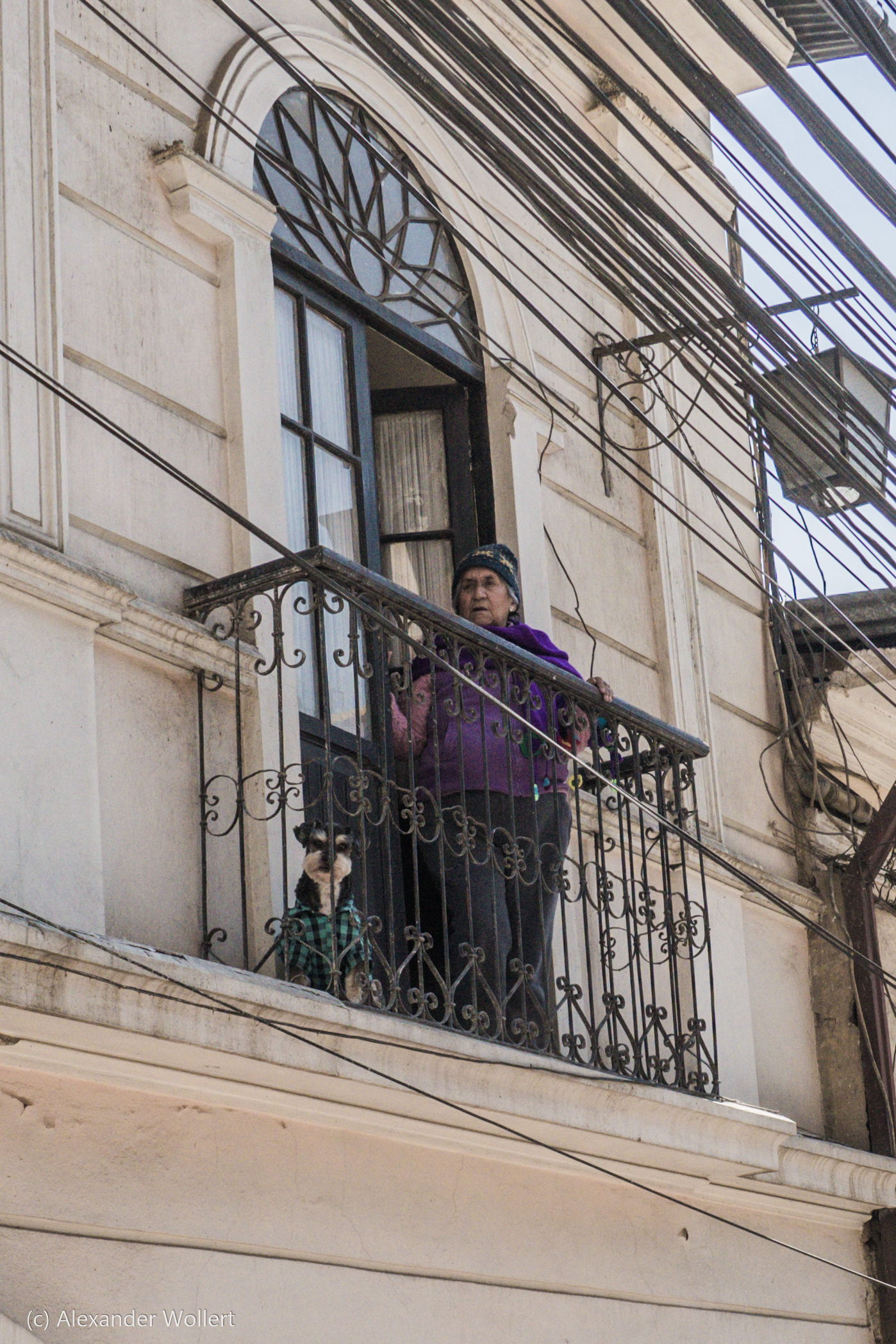

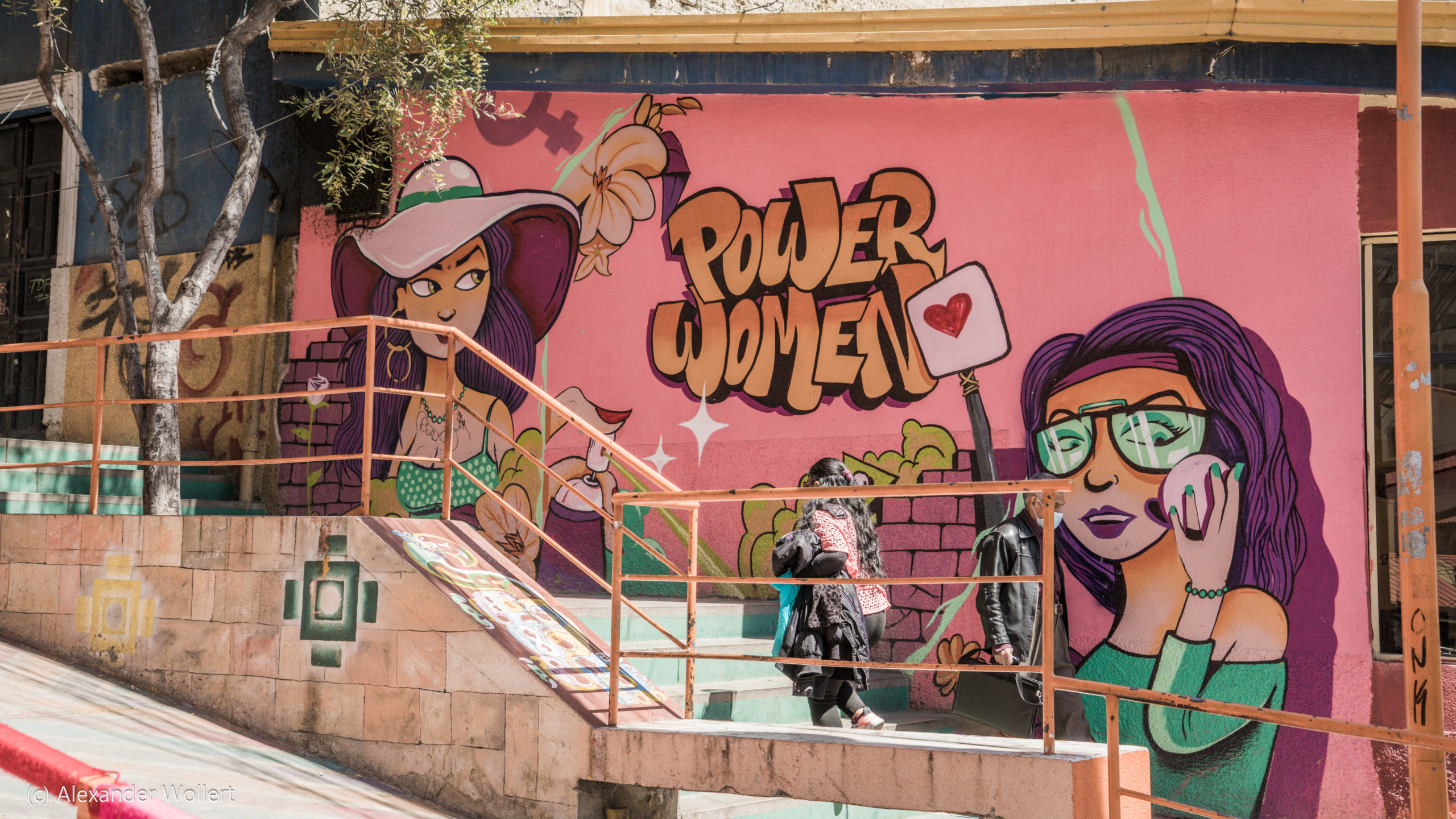

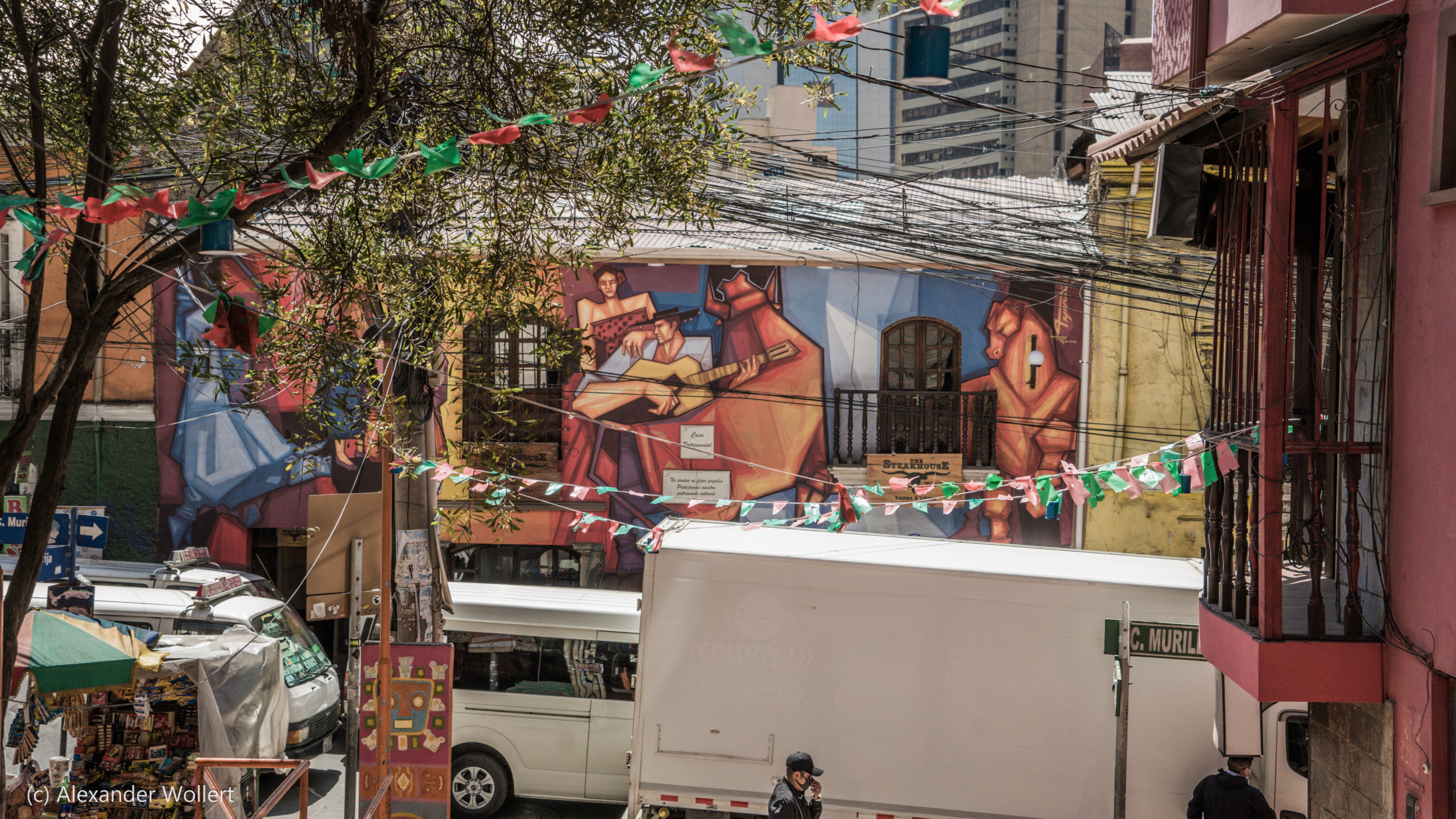
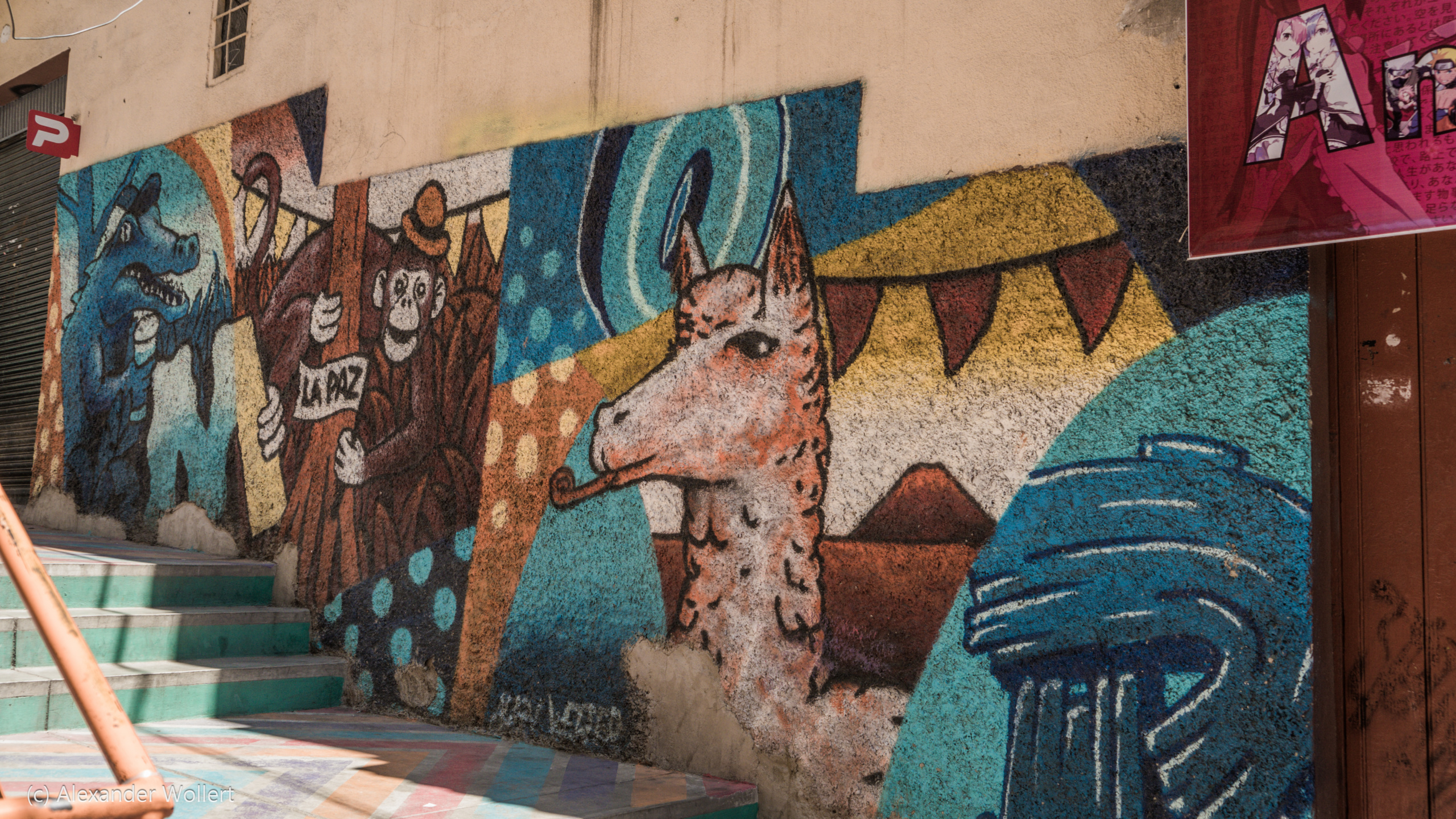
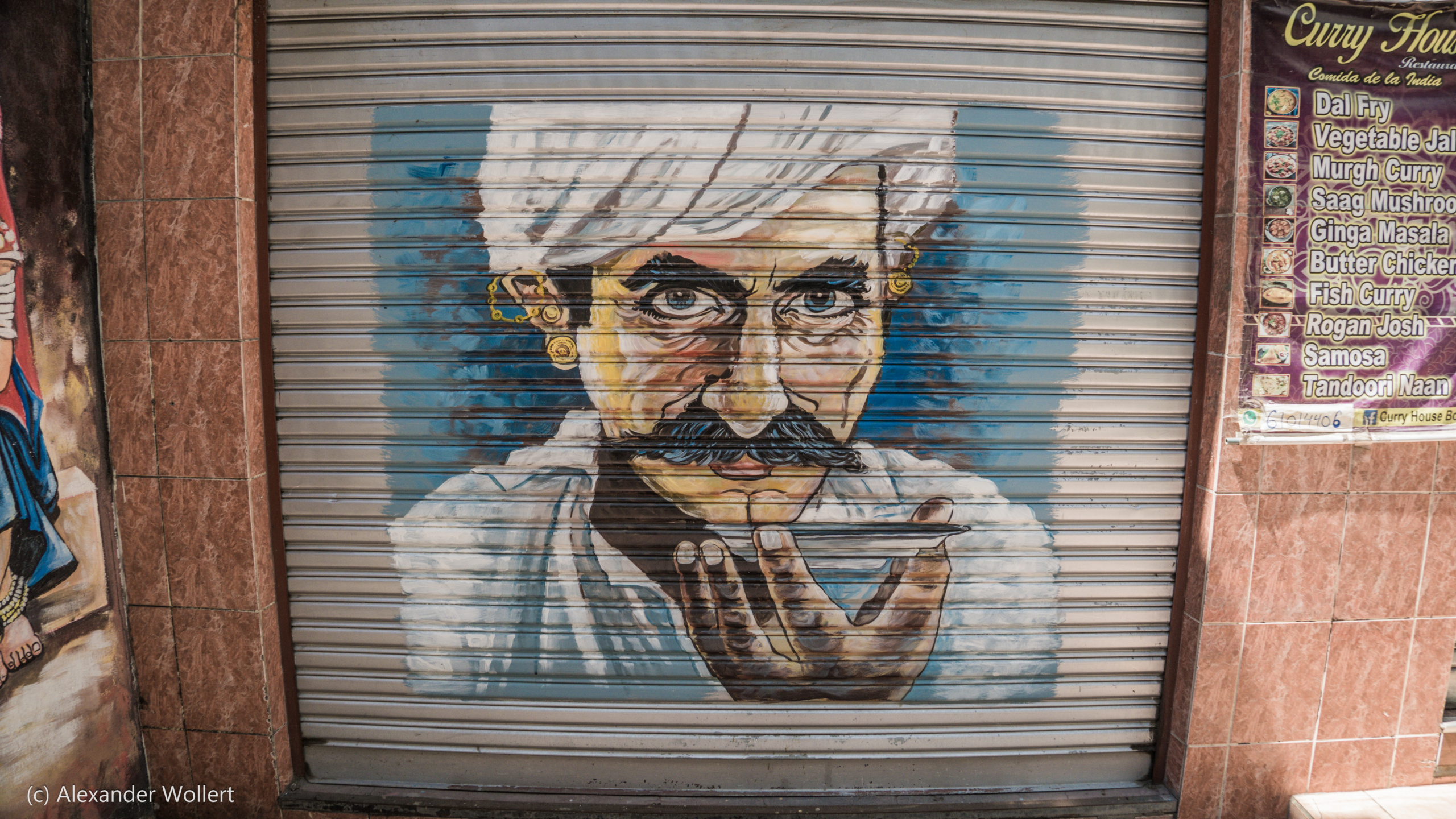
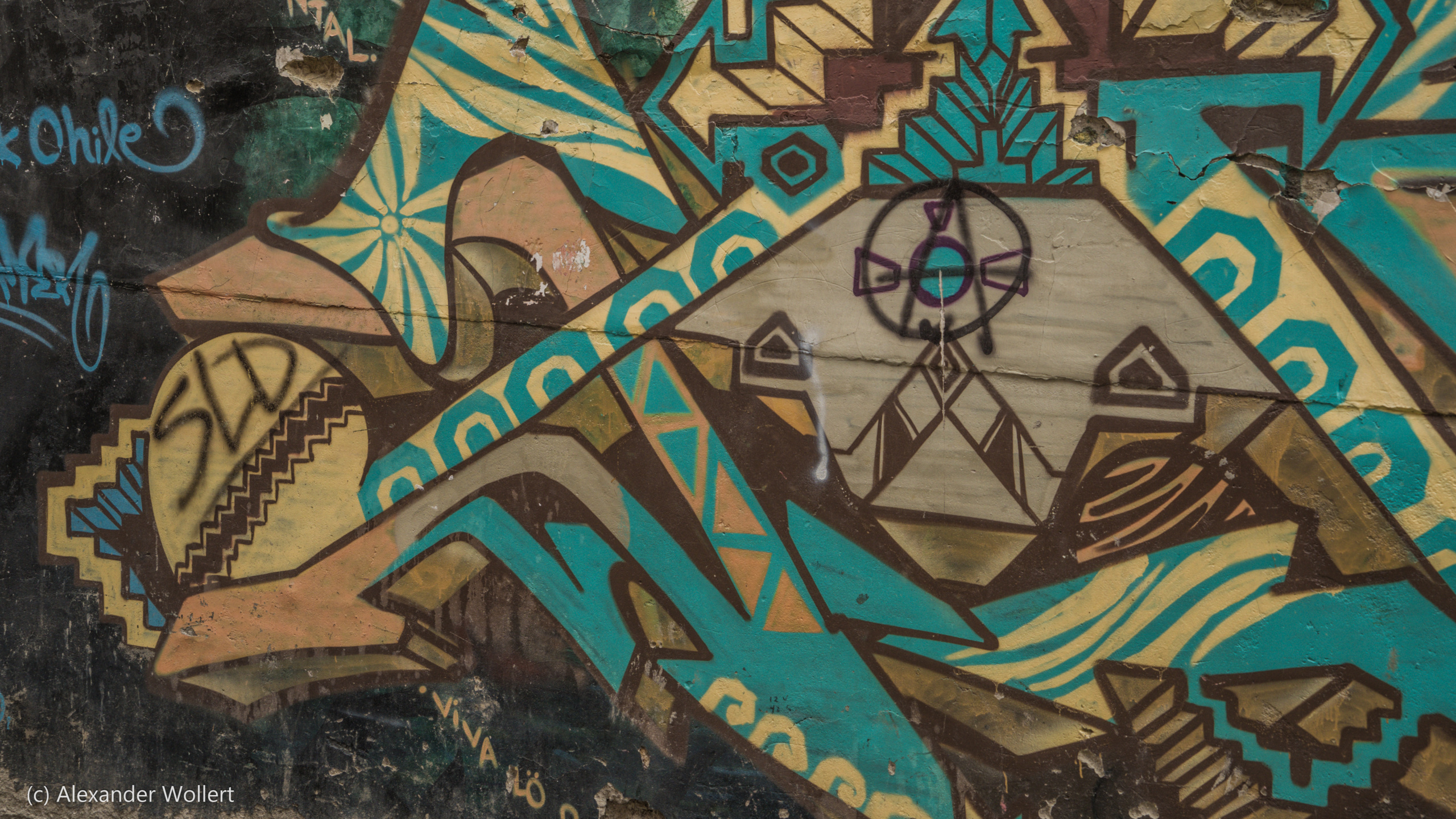

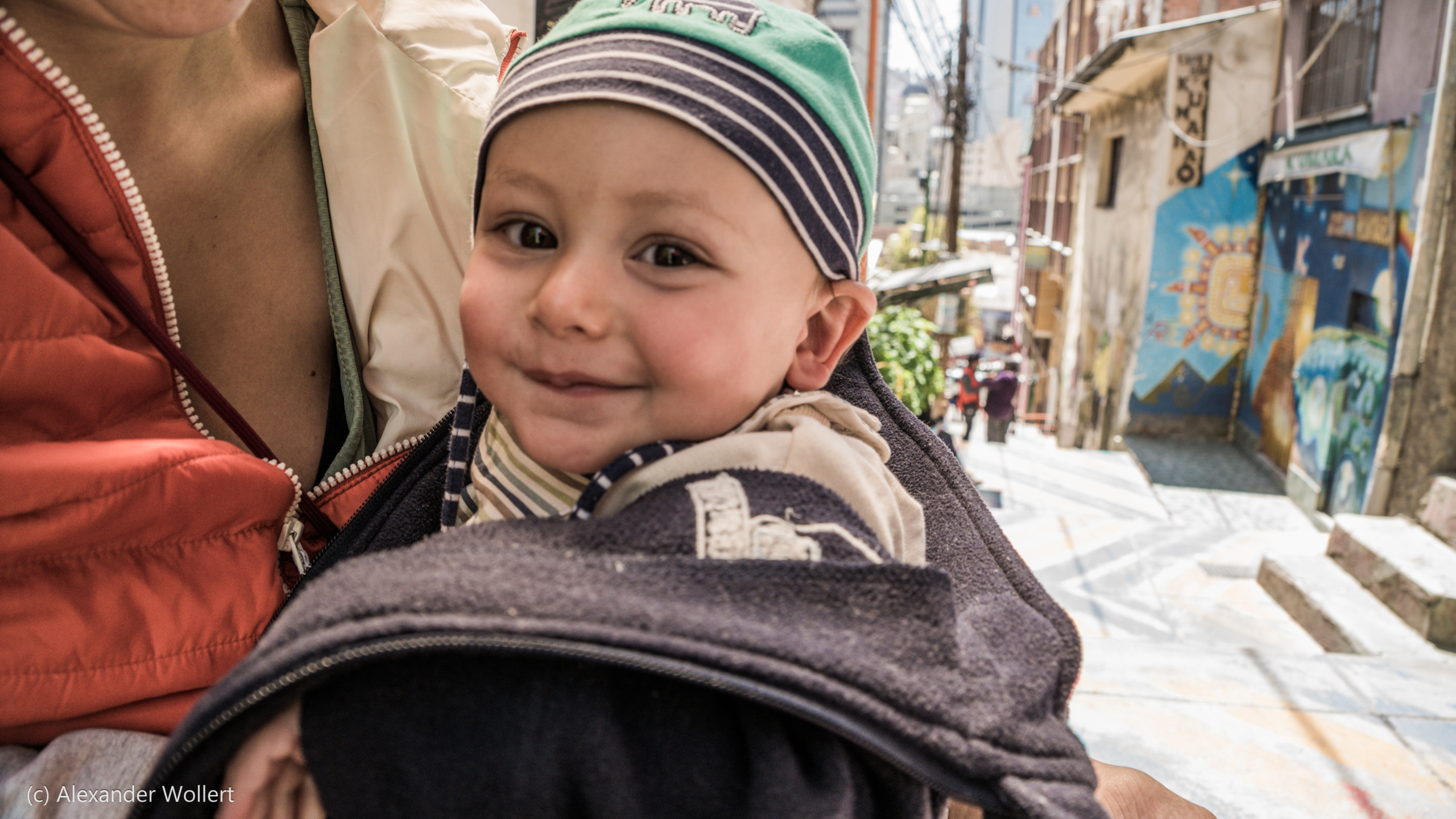
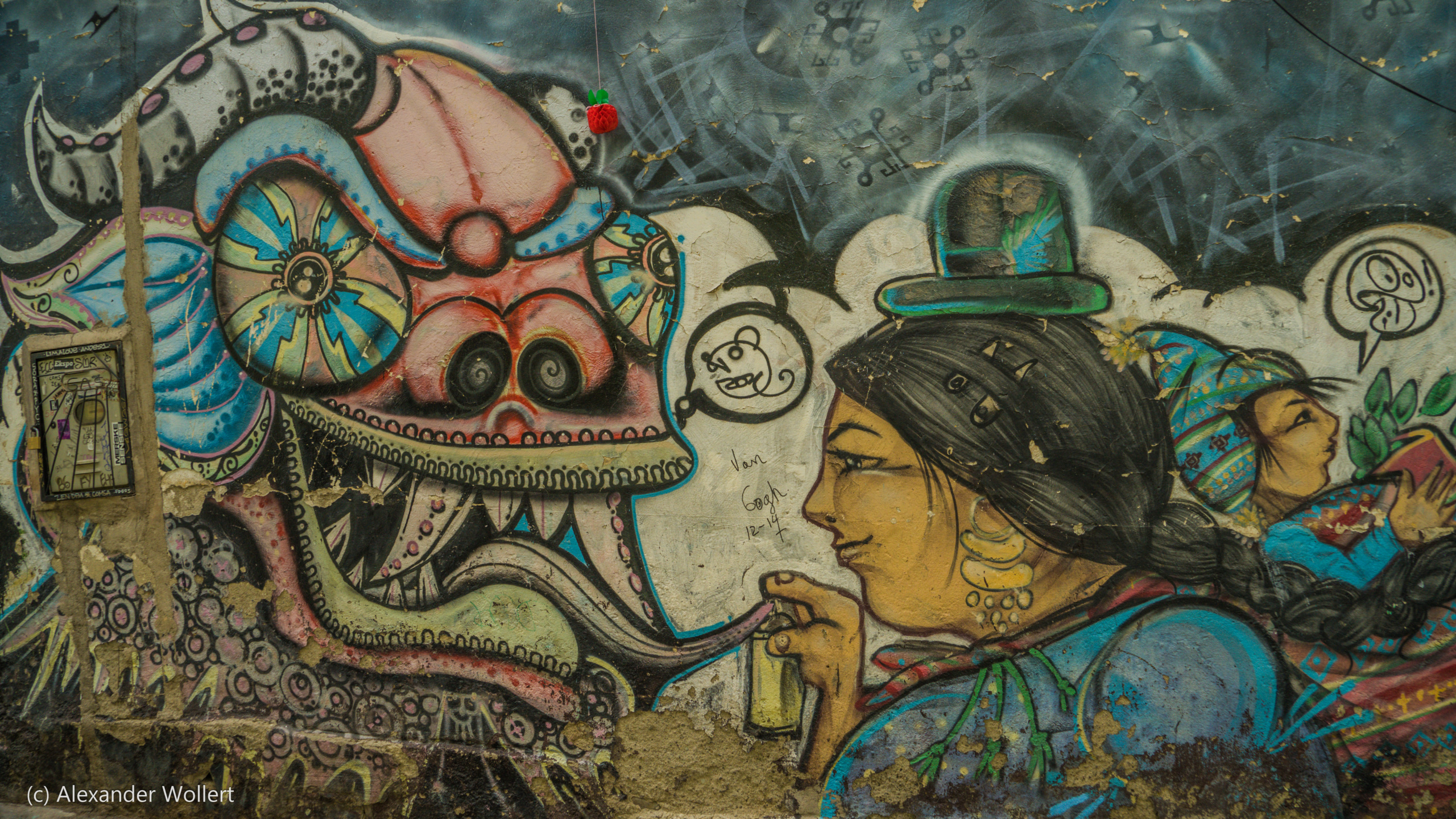
After our breakdown at 4703 meters we have plenty of time to get to know La Paz. This city fascinates and shows us many of its faces. We see the contrasts of modernity and tradition on every corner. Through the teleféricos we can easily get to any part of the city and see the full extent of it and its mountains above the clouds.
On the streets we see business people next to traditionally dressed women, the cholitas that give La Paz its special personal character. These tradition-conscious women are also business-savvy, running kiosks for newspapers and fruit, but also magical paraphernalia for everyday spells. And they can fight!
The streets of La Paz are lined with high-rise glass buildings and crumbling old buildings. However, you can find incredibly beautiful street art in all neighborhoods. The artist quarter with its market is characterized by special graffiti. But the city’s huge cemetery, the Cementario General de La Paz, is not only a place of rest for the dead, but a small town in its own right, in which the deceased are commemorated with sadly beautiful murals.
As we leave the city, our car struggles again with the steep incline and altitude. Finally we reach the legendary Lake Titicaca via the Altiplano and stumble upon the traces of Thor Heyerdahl’s Kon Tiki.
